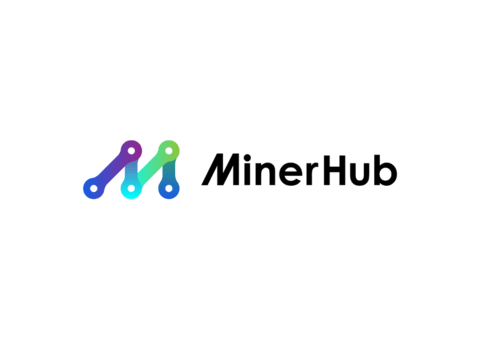Popular Science: IPFS Interplanetary File System
Internet is the most important tool in our daily life. Today, no matter what we do, we cannot do without the support of the Internet.
But the Internet as we know it also has some flaws, the most deadly of which is that most of the information on the Internet is centralized. The information we access every day is kept on servers controlled by central companies. Once the server is compromised, people also lose access to their data.
1 Why do we cling to a flawed system?
At the end of the day, the real reason we're stuck with this model is that we're pretty spoiled when it comes to internet access. We want pages to load in milliseconds, images and videos to be displayed without lag, and everything to be HD quality.
Centralized servers give companies complete control over how quickly they deliver content and charge for it accordingly. Another reason we insist on this system is that there really is no good alternative before.
2 IPFS - the best alternative
The Interplanetary File System (also known as IPFS) is an idea to make the internet fully distributed. The concept turns the traditional HTTP Internet into a peer-to-peer network, similar to how BitTorrent works.
Juan Benets (the founder of IPFS) did not want to say that IPFS must be created when he first came up with the design concept. He wanted to find an efficient way to move scientific datasets (which could be 10-100 GB or more in size). IPFS is designed to look like a fusion of Git and BitTorrent. BitTorrent enables people to quickly move large files across the web, and Git gives people built-in version control of their data.

After creating the protocol, Benets quickly realized that its implications went far beyond moving large data sets. He has actually created a protocol that can replace other popular existing protocols to solve the problem of how we access information through the Web today.
3 Everything is based on content
One of the downsides of relying on location-based addressing is that when a server goes down, everything contained on that server loses internet access.
To this end, IPFS proposes a content-based addressing method - each file has a unique hash, which can be regarded as the fingerprint or identification of the file. When accessing a particular file, simply ask the network who owns a copy of the file with the specified hash.
When you make a request, someone on the IPFS network will provide the resource you requested. You will download this resource and save a copy to your IPFS cache. Now, when a third person comes and requests the same document, you can also provide it.
This creates a system that speeds up as usage increases, because the more files are shared, the more available they are across large node groups.
4 How IPFS works
In IPFS, files are stored in IPFS objects, each of which can store 256 kb of data. An object can also contain a link to another IPFS object, through which data larger than 256 kb can be stored.
For example, if you only uploaded a small text file, a 256 kb object should be sufficient for your text file.

However, if an image is to be stored, the target image is broken into multiple objects, each with a maximum size of 256 kb. At this time, the IPFS system will create an empty object, which (empty object) will be linked to all the objects that make up the picture.

This architecture is clean and powerful, and this architecture really makes IPFS usable as a file system. Let's take a look at the following file directory structure, and further explain how to convert it to the IPFS structure:

We can convert this to IPFS by creating 1 object for each file and each folder/directory, and then linking the file to the specified directory.
But considering the fact that IPFS is based on content addressing, it can do even better. In other words, the added files are fixed and cannot be changed, just like the blockchain. It also means you can rest assured that the resource you are accessing is the correct data and has never been altered.

5 Miscellaneous talk and conclusion
Obviously, IPFS is a very ambitious project. Most of the previous decentralized projects were related to currency issuance and finance, but IPFS provides a new idea for data sharing.
Translation & Proofreading: There is a fish.
Original link:
Translation & Proofreading: There is a fish.
This article was translated and edited by Mine Vision (Miracle Moore). If you need to reprint, please indicate the source.



